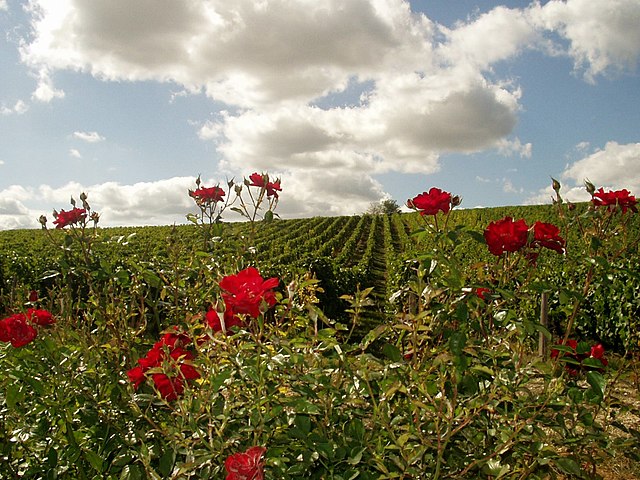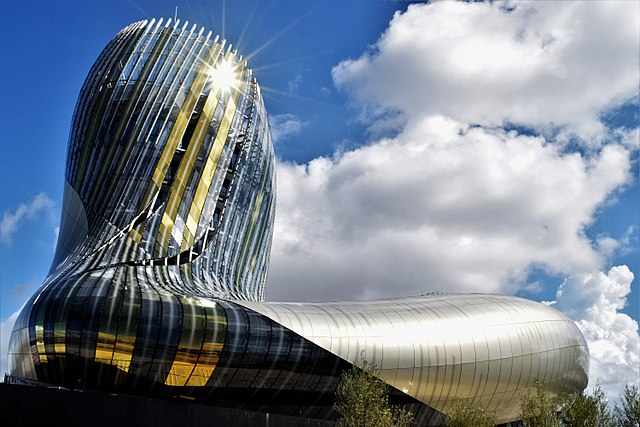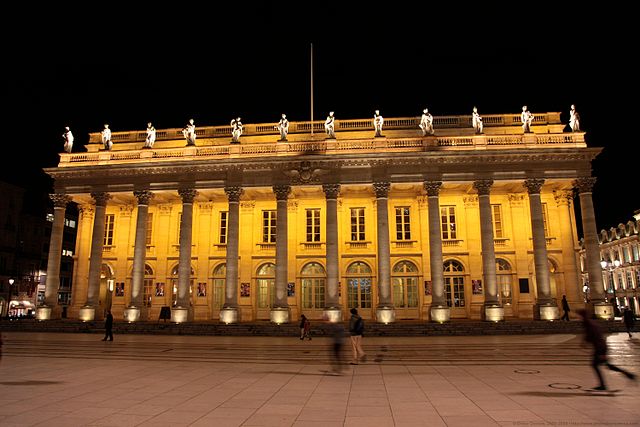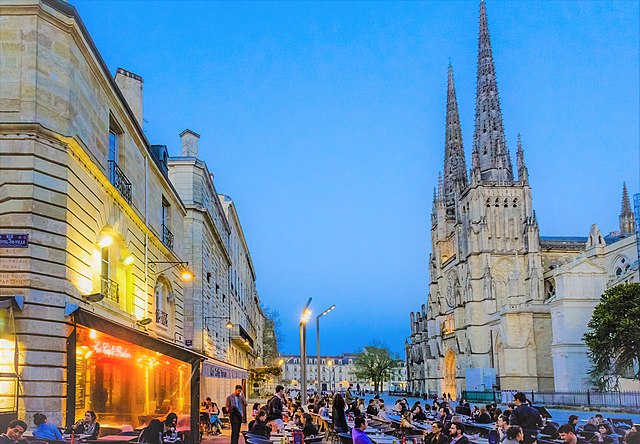Sauvignon blanc is a green-skinned grape variety that originates from the city of Bordeaux in France. The grape most likely gets its name from the French words sauvage ("wild") and blanc ("white") due to its early origins as an indigenous grape in South West France. It is possibly a descendant of Savagnin. Sauvignon blanc is planted in many of the world's wine regions, producing a crisp, dry, and refreshing white varietal wine. The grape is also a component of the famous dessert wines from Sauternes and Barsac. Sauvignon blanc is widely cultivated in France, Chile, Romania, Canada, Australia, New Zealand, South Africa, Bulgaria, the states of Oregon, Washington, and California in the US. Some New World Sauvignon blancs, particularly from California, may also be called "Fumé Blanc", a marketing term coined by Robert Mondavi in reference to Pouilly-Fumé.
Ripe Sauvignon blanc grapes
The first plantings of Sauvignon blanc were introduced to California at Cresta Blanca Winery (pictured) in the Livermore Valley.
Vineyards in Sancerre will often plant roses around Sauvignon blanc vines as an early detector of powdery mildew.
A Pouilly Fumé from the Loire Valley
Bordeaux is a city on the river Garonne in the Gironde department, southwestern France. A port city, it is the capital of the Nouvelle-Aquitaine region, as well as the prefecture of the Gironde department. Its inhabitants are called "Bordelais" (masculine) or "Bordelaises" (feminine). The term "Bordelais" may also refer to the city and its surrounding region.
Image: Bordeaux Place de la Bourse de nuit
Image: Cite du vin Bordeaux 2017 (37500642606)
Image: Bordeaux Opera
Image: Cathedrale St Andre, lieu de vie








